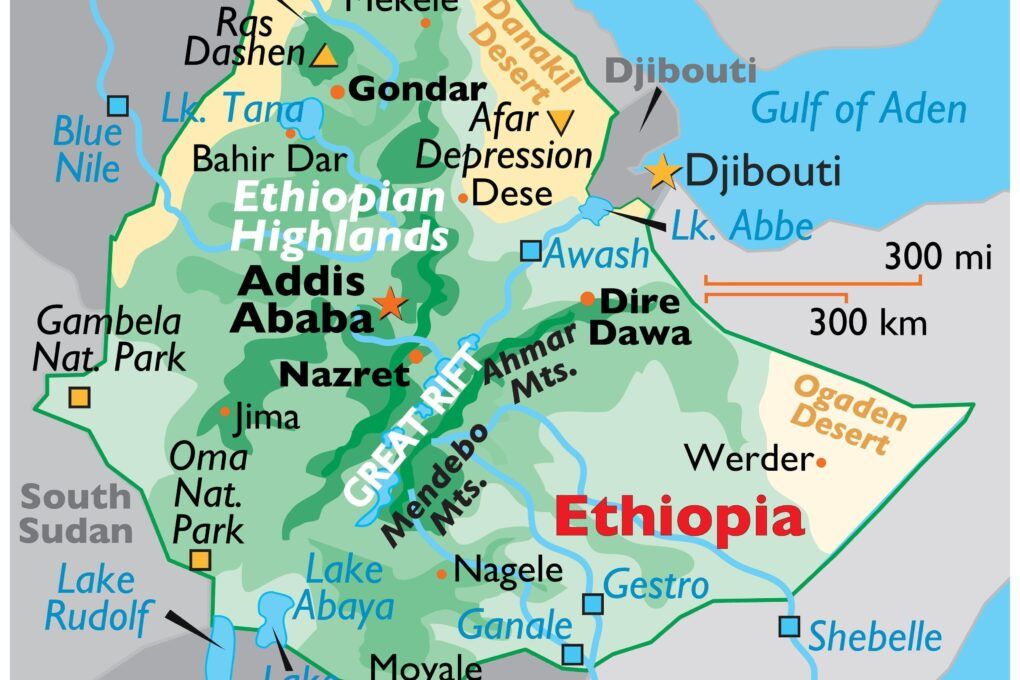In recent years, a bold and controversial claim has been gaining momentum among scholars, theologians, and cultural historians: the proposition that the true biblical “Holy Land” is not the modern state of Israel, but rather Africa—particularly its regions in the west, central, and southern parts.
This assertion is rooted in both scriptural interpretation and historical reconsideration. It finds a curious ally in a surprising source. The source is Israeli historian Shlomo Sand, whose groundbreaking work The Invention of the Land of Israel offers critical insights into the construction of the modern Israeli national myth and geographic identity.
His work is already controversial, but is taught in Israeli and Hebrew universities. Adding Africa to the mix further complicates it and further stirs the controversy.
At the heart of this theory lies a reexamination of the biblical figure Shem, the son of Noah. Genesis 10 outlines that the earth was repopulated through the sons of Noah: Shem, Ham, and Japheth. Traditionally, it has been understood that Shem’s descendants occupied territories later known as the Levant and Mesopotamia. However, a deeper inspection of biblical text, cross-referenced with ancient geography, linguistics, and archaeology, suggests an African origin and domain for Shem’s lineage.
A Reconsideration Of Biblical Geography And History
In particular, the landmass stretching from Ethiopia (Cush) through modern-day Nigeria, Cameroon, Sudan, and the Congo basin aligns more closely with the ancient territories of Shem.
Scripture states that Abram, later Abraham, was given land by the Almighty that stretched from the river of Egypt to the great river Euphrates (Genesis 15:18). This expanse includes a geographic range that would have, in ancient understanding, overlapped with the vast and rich lands of North and East Africa. Furthermore, biblical names such as Cush, Mizraim, and Havilah are not only connected with Shem’s family line but are geolocated in the African continent. The River Gihon, which Genesis 2:13 says “compasses the whole land of Ethiopia,” is a direct indication that Eden’s river system ran through or originated in Africa.
Shlomo Sand’s The Invention of the Land of Israel provides an illuminating counterpoint. While his book is focused more on the modern fabrication of a political and religious claim to territory in the Middle East, Sand exposes the myth-making processes that were used to forge the Israeli national identity—including the geographical reassignment of the “Holy Land.”
A Reconsideration Of Biblical Geography And History
Sand points out that there is little historical or archaeological evidence tying ancient Israelites to the land currently designated as Israel in any exclusive or indigenous manner. Rather, much of the claim is retroactive, reinforced by 19th and 20th-century European religious and colonial ambitions.
This supports the theory that the biblical Holy Land has been relocated—not by divine decree, but by sociopolitical agenda. The land originally given to Shem, and later to Abrahym and his descendants, may not have been a narrow strip along the Mediterranean coast. Instead, it was a grand expanse rooted in the African continent, rich in natural resources, culture, and covenantal history.
Consider the journeys of the patriarchs! Abram’s exit from Ur to Haran! And then into the land of Canaan could easily be traced through African trade routes of antiquity. The Canaanites themselves, according to Genesis 10, were descendants of Ham, yet dwelled in a land promised to Shem’s heir. This suggests a familial, continental dynamic that aligns with intra-African migration and settlement. This is so rather than a linear progression from Mesopotamia into the Levant.
The Scattering and Recovering of the House of Jacob
Furthermore, the scattering of the children of Jacob into “all nations,” as prophesied, can be reinterpreted under this framework. The transatlantic slave trade, colonization, and dispersal of African peoples begin to align. It aligns with prophetic narratives concerning the children of Jacob. The return to their land, then, would not be a migration to the modern state of Israel. No, no, instead a spiritual and cultural reawakening on African soil.
In conclusion, this reexamination does not seek to diminish the spiritual significance of the land known today as Israel. Rather, this reexamination seeks to illuminate an overlooked and intentionally obscured truth. That truth is that Africa, as the original inheritance of Shem and later of Abrahym, is the biblical Holy Land. This is supported by scriptural geography. It is also bolstered by the deconstructive scholarship of thinkers like Shlomo Sand. It is necessary the narrative of sacred land must be revisited. Africa is not just the cradle of civilization—it is the cradle of covenant.
For more details, we welcome you to join our AKOPPI on Skool!
Until next time, Power be with you.
Minister Koko
Teaching Priest
AKOPPI-BSM


Really nice want more
Glory to Honor.